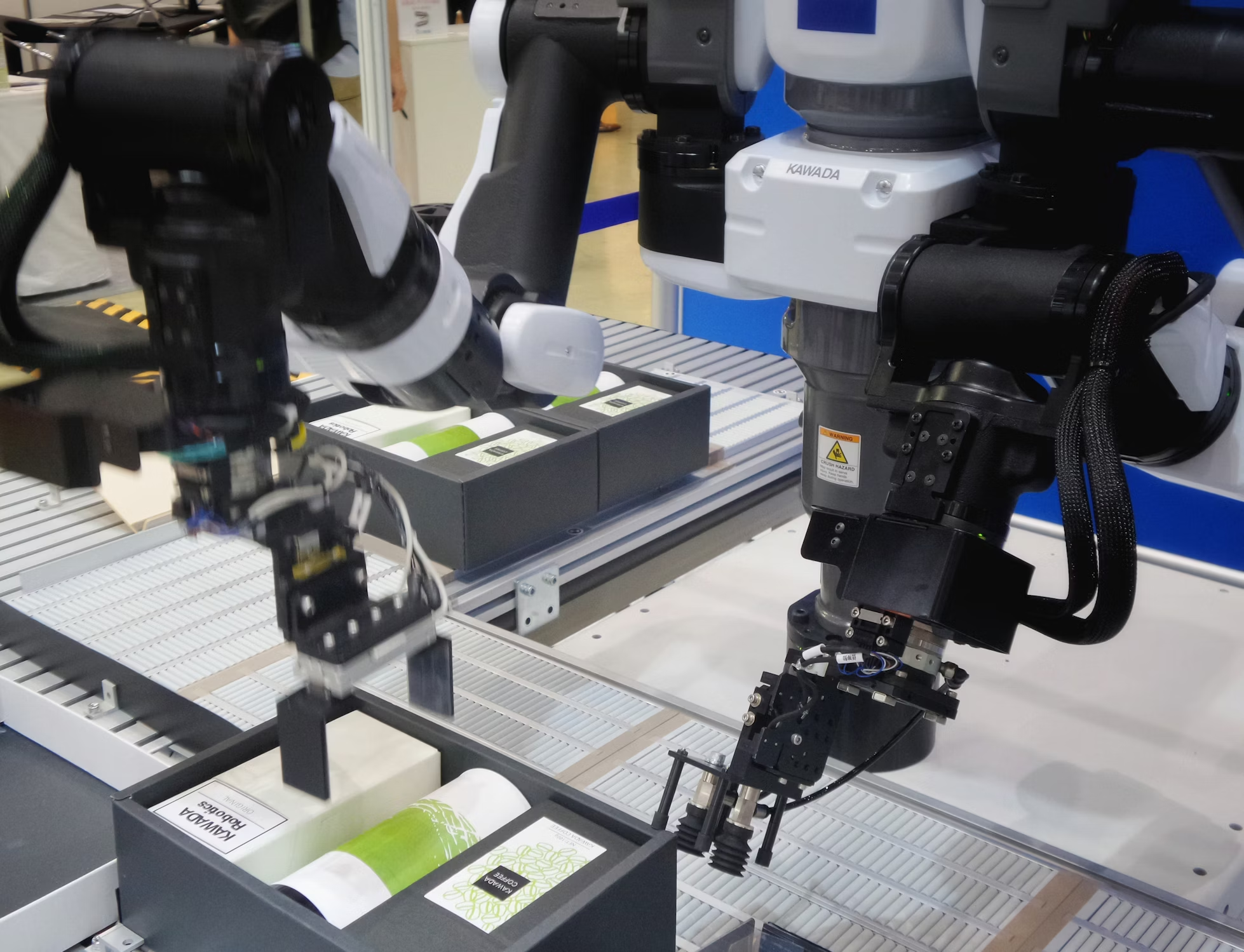
In today’s fast-paced digital world, access to technology is no longer a luxury—it’s a necessity. From education to career opportunities, digital literacy is shaping the future. Yet, while Kenya has made significant strides in promoting digital education, one vulnerable group is often overlooked: children in childcare institutions such as orphanages and juvenile centers.
The Growing Digital Literacy Gap
Across Kenya, initiatives like the government’s Digital Literacy Programme (DLP) have aimed to introduce digital learning in public primary schools. However, these programs rarely reach children in childcare institutions. Unlike their peers in mainstream schools, these children often face unique barriers that hinder their access to technology, widening the digital divide.
The Challenges at Hand
- Limited Infrastructure
Many childcare institutions lack essential ICT infrastructure. Computers, reliable internet access, and even a stable electricity supply are often unavailable, making digital learning a distant dream for many children. - Financial Constraints
With limited funding, childcare institutions must prioritize basic needs like food and shelter over technology investments. Unlike public schools that receive government-funded devices, these institutions are left behind in the digital race. - Lack of Trained Staff
Even when digital tools are available, caregivers and educators may lack the training to effectively integrate technology into learning. Research shows that even in schools where technology is available, it is often underutilized for educational purposes. - Policy Exclusion
Despite national efforts to digitize education, childcare institutions often fall outside policy frameworks. Without targeted inclusion in government programs, these children remain sidelined in Kenya’s digital transformation.
Unlocking Opportunities: What Can Be Done?
The good news? Change is possible. By adopting a multi-faceted approach, we can bridge the digital divide for children in childcare institutions. Here’s how:
- Invest in Infrastructure
Governments, NGOs, and private sector partners must come together to equip childcare institutions with necessary digital tools. Successful partnerships, such as Mozilla Foundation’s digital literacy projects in Kenya, demonstrate that targeted investments can make a difference. - Provide Financial Support
Grants, sponsorships, and corporate social responsibility (CSR) programs can help fund digital literacy initiatives in these institutions. Businesses in Kenya’s thriving tech sector can play a key role in supporting digital education for vulnerable children. - Train Caregivers and Educators
Developing training programs tailored to caregivers can ensure they have the skills needed to teach digital literacy effectively. When staff are empowered with the right knowledge, children can benefit from structured digital learning experiences. - Inclusive Policy Development
Policymakers must integrate childcare institutions into national digital education strategies. This means allocating resources, including these institutions in existing programs, and ensuring digital access is a right for all children, not just those in public schools. - Leverage Community Involvement
Local communities can step in to bridge the gap by setting up digital hubs where children from childcare institutions can access online learning resources. Community-driven initiatives have the potential to create sustainable change.
A Future of Equal Opportunities
Empowering children in childcare institutions with digital literacy is about more than just teaching them how to use a computer. It’s about giving them a fair chance at education, career opportunities, and a better future. With the right strategies in place, we can ensure that no child in Kenya is left behind in the digital age.
It’s time to act. Let’s work together to build a future where technology becomes a tool for empowerment, not exclusion.


